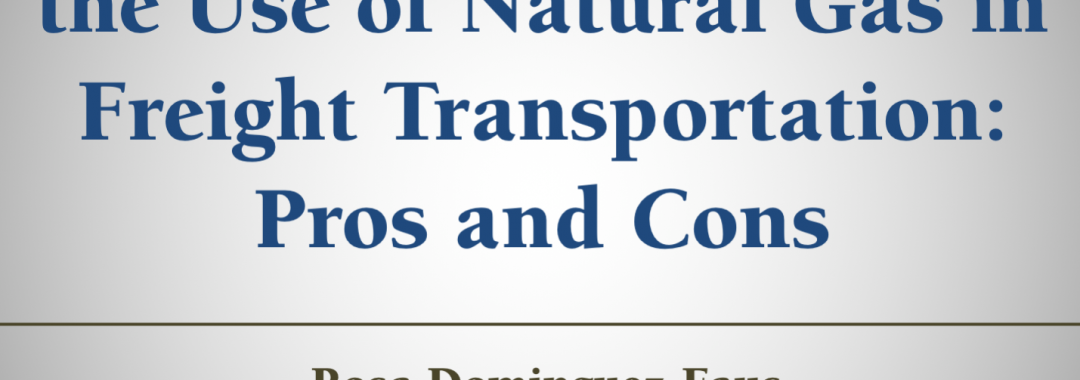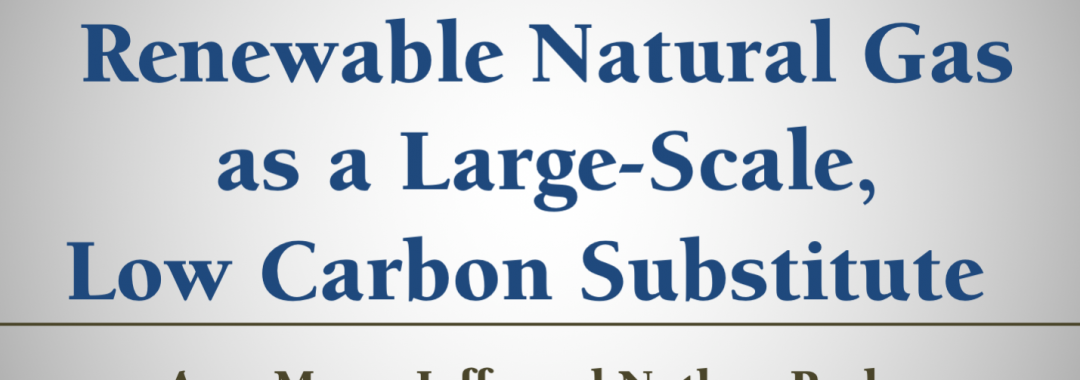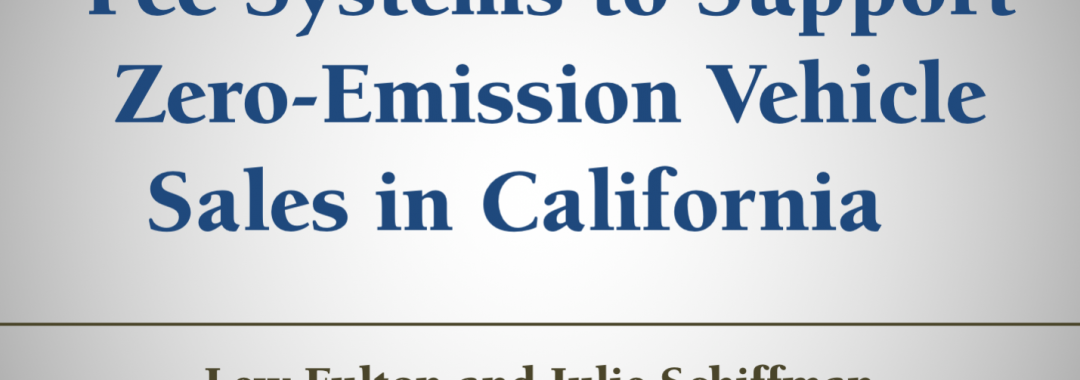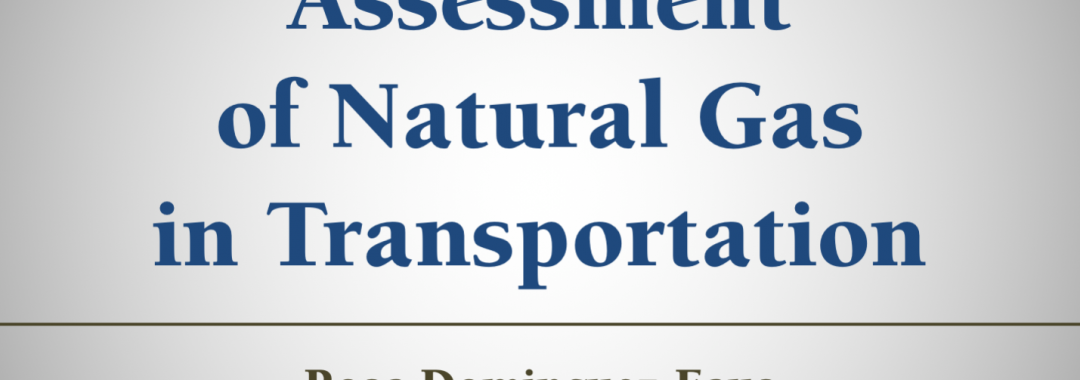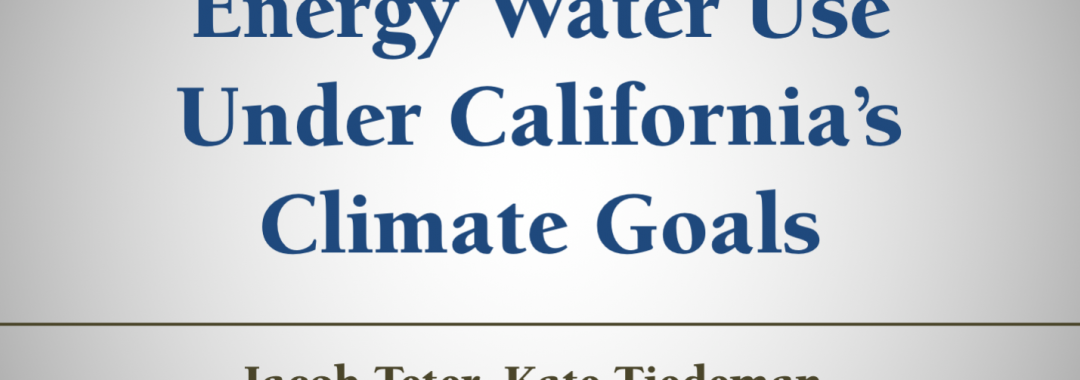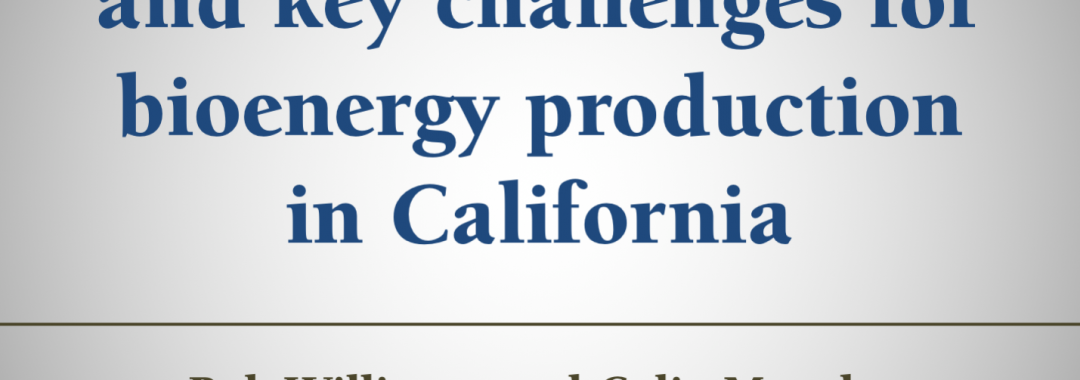California has built a water management infrastructure that is among the most sophisticated, extensive, and energy-intensive in the world. Approximately 19% of the State’s electricity and 30 percent of its non-power plant natural gas is used to store, convey, conserve, and treat water and wastewater. Across all sectors, many energy technologies require substantial quantities of water, and have impacts on water quality.
Transportation accounts for the largest share of California’s greenhouse gas (GHG) emissions and still relies overwhelmingly (~96%) on petroleum products. As California progresses toward meeting its 2020 GHG reduction commitment and develops its 2030 target towards the 2050 goal, transportation energy sources will realize a radical shift to alternative fuel sources that might include biofuels, natural gas, electricity, and hydrogen.
This webinar, “Future Transportation Energy Water Use Under California’s Climate Goals,” held on Wednesday, October 15, discusses how climate policies can manage and reduce water use for oil production, oil refining, as well as electricity generation.
Speakers:
- Sonia Yeh, Research Scientist, ITS
- Jacob Teter, PhD Student, ITS
- Kate Tiedeman, Graduate Student Researcher, ITS
- Gouri Shankar Mishra, PhD Candidate, ITS
To read a policy brief on transportation energy water use, click here.
To read a technical brief on oil production water use, click here.
To view the presentation slides, click here.


